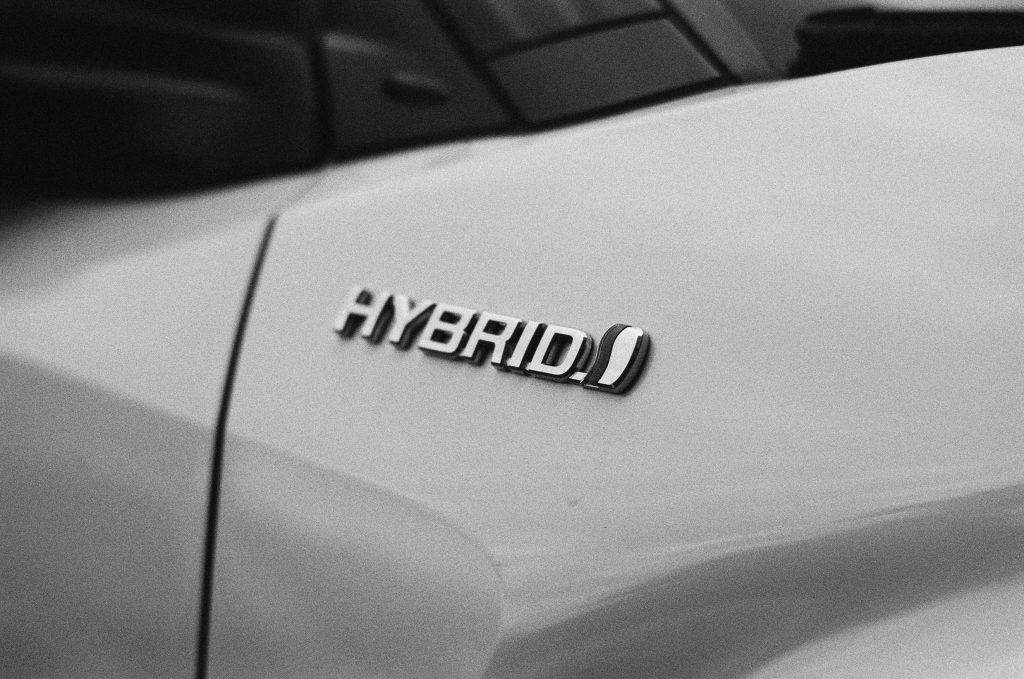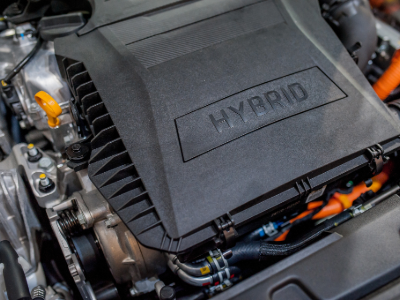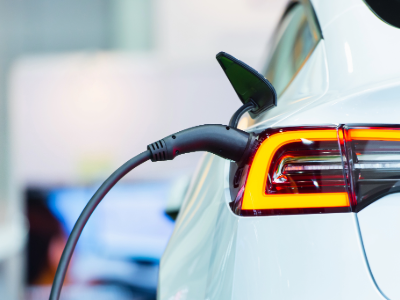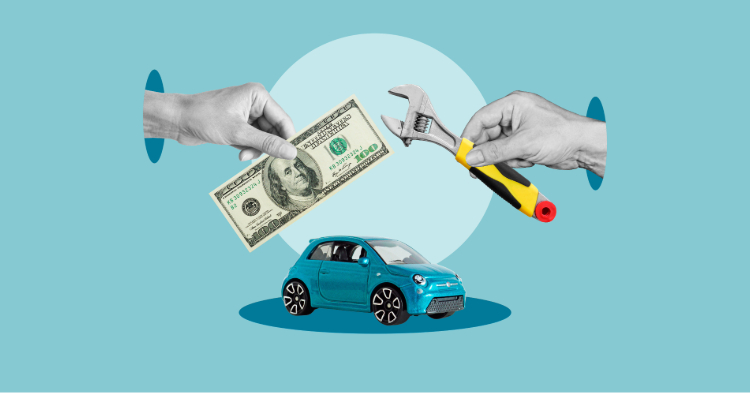Think your vehicle is building value just because you own it? Think again. Learn how depreciation, cost of ownership, and market trends determine whether your car helps—or hurts—your bottom line.

Hybrid vehicles: you’ve probably heard of them, but do you know what makes them so unique? They’re not just a trend, they’re a testament to the evolution of automotive technology designed to enhance efficiency and sustainability. But let’s not stop at the surface. In this article, we will discuss hybrid vehicles and delve deeper into the world of hybrids and gain a comprehensive understanding of what makes them stand out in the world of automobiles.

So, what exactly is a hybrid car? In essence, a hybrid car is a vehicle that combines a traditional internal combustion engine with an electric motor to propel itself. It’s a perfect marriage of old and new, bringing together the reliability of a gas engine and the efficiency of electric power.
The hybrid car serves as a link between traditional cars and the upcoming wave of entirely electric vehicles, acting as a stepping stone towards the widespread adoption of hybrid electric vehicle technology.

The heart of any vehicle lies in its engine, and in the case of hybrids, it’s a little more complex. A hybrid engine combines an internal combustion engine with one or more electric motors. The engine draws energy from batteries, which are recharged through regenerative braking and by the internal combustion engine.
The power sources interact complexly, managed by an onboard computer to ensure impeccable efficiency and performance.
Regenerative braking is another innovative feature found in hybrid vehicles. It captures kinetic energy during deceleration and converts it into electrical energy to recharge the battery. Not only does this enhance the overall efficiency of the vehicle by minimizing energy waste during braking, but it also contributes to the extended lifespan of the regenerative braking system.
This method optimizes efficiency for every journey.
Hybrids come in different shapes and sizes, each with their unique capabilities and levels of electric assistance. Here are the different types of hybrids:
Each type of hybrid offers a different blend of performance and efficiency, catering to a variety of driving conditions and preferences.
Full hybrids, or parallel hybrids, offer the best of both worlds. They can operate using both the combustion engine and the electric motors, optimizing power and efficiency. The benefits of full hybrids include:
These features make full hybrids a popular choice for those looking for a balance between fuel efficiency and performance.
These vehicles don’t need external charging, just get in and start your journey.

Plug-in hybrids, on the other hand, have a larger battery that can be recharged from an external power source. This allows for extended all-electric driving, reducing emissions and fuel consumption even further. When the battery depletes, the plug in hybrid vehicle seamlessly reverts to its traditional hybrid mode, ensuring you’re never stranded.
Mild hybrids are the unassuming cousins in the hybrid family. They employ a small electric motor to supplement the combustion engine, reducing the strain on the engine and improving fuel economy. However, unlike their full hybrid counterparts, they cannot run solely on electric power.
Despite this, they’re a definite progression towards more eco-friendly driving.
Despite their complexities, hybrids offer tangible advantages over conventional cars. Here are some of the benefits:
When it comes to saving fuel and money, hybrids are hard to beat. Their powertrains are designed to optimize the use of the electric motor and gasoline engine, reducing overall fuel consumption. This translates into significant savings at the pump over the lifetime of the vehicle. And with less wear on the engine, maintenance costs can also be lower.
Beyond the economic benefits, hybrids also contribute to a greener planet. By using less fuel, they produce fewer emissions compared to conventional gasoline-powered vehicles. Some hybrids even have the ability to run entirely on electric power for short trips, producing zero tailpipe emissions.
Opting for a hybrid not only saves money but also contributes to environmental conservation.

Hybrid vehicles are more than just economical and green – they’re also fun to drive. They offer unique driving dynamics, with varying levels of acceleration and handling based on the specific model and hybrid system.
Regardless of whether you’re commuting in the city or cruising on the highway, a hybrid can cater to your driving preferences.
The driving experience in a hybrid can be quite different from that of a conventional car. Thanks to the instant torque provided by the electric motor, hybrids often offer quicker acceleration from a standstill. Handling can also differ due to the balance of the car, as the battery pack adds weight, which can actually result in a smoother ride.
Whether you’re navigating through city traffic or cruising on the highway, driving a hybrid can provide a unique and enjoyable experience.
Just like their conventional counterparts, hybrids come with a variety of transmission types. Continuously Variable Transmissions (CVTs) are common in hybrids, providing smooth and efficient power delivery. Some hybrids, however, come with traditional automatic transmissions, providing a familiar driving feel.
No matter the type, the transmission significantly impacts the performance and efficiency of a hybrid vehicle.
As we look to the future, it’s clear that hybrid technology isn’t standing still. Advancements in battery performance and hybrid powertrains are paving the way for:
The future of hybrid technology is full of exciting possibilities.
One of the most significant advances in hybrid technology lies in the battery. Today’s hybrid batteries can:
With ongoing advancements in battery technology, the future prospects of hybrid driving are becoming even brighter.
Hybrid powertrains are also evolving to deliver greater efficiency. By integrating an internal combustion engine with an electric motor, hybrids can optimize power delivery to maximize fuel economy.
Improvements in powertrain design are enhancing hybrid efficiency for highway, city, and all other types of driving, leading to improved fuel economy.
While hybrids were once a niche market, today they’re a mainstay in the automotive landscape. Iconic models like the Toyota Prius and Ford Escape Hybrid have established themselves as leaders in the hybrid market, demonstrating the versatility and efficiency of hybrid technology across different vehicle segments.
The Toyota Prius needs no introduction. As the first mass-produced hybrid vehicle, the Prius has become synonymous with hybrid technology. With its exceptional fuel economy and long-standing reputation, it has set the standard for what a hybrid can be.
For those seeking the practicality of an SUV with the efficiency of a hybrid, the Ford Escape Hybrid is a perfect match. Offering a versatile driving experience with impressive fuel economy, it’s proof that hybrids aren’t just for small cars.
The Ford Escape Hybrid is suitable for all scenarios, whether commuting to work or going on a weekend adventure.
Beyond the well-known hybrids, there are a number of lesser-known models that deserve attention. From the efficient Hyundai Sonata Hybrid to the rugged Ford F-150 Hybrid, these vehicles showcase the expanding range of hybrid options available to consumers.
Regardless of whether you’re looking for a sedan, a pickup, or anything else, there’s probably a hybrid that meets your requirements.
The Hyundai Sonata Hybrid is one of the lesser-known hybrids that deserves a closer look. This midsize sedan offers impressive fuel economy, a comfortable ride, and a wealth of modern features. Its sleek design and advanced technology make it a compelling choice for those seeking a hybrid that doesn’t compromise on style or comfort.
Think hybrids are just for small cars? Think again. The Ford F-150 Hybrid brings the benefits of hybrid technology to the world of pickup trucks. With its powerful performance, impressive fuel economy, and rugged capabilities, it’s proof that hybrids can tackle tough jobs too.
The Ford F-150 Hybrid is suited for hauling heavy loads or venturing off-road.
In conclusion, hybrid vehicles offer a compelling blend of fuel efficiency, environmental friendliness, and versatile driving dynamics. From the iconic Toyota Prius to the rugged Ford F-150 Hybrid, there’s a hybrid to meet every need. With ongoing advancements in battery and powertrain technology, the future of hybrid vehicles looks even brighter. So whether you’re a seasoned hybrid owner or considering your first hybrid purchase, there’s never been a better time to embrace the benefits of hybrid technology.
A hybrid vehicle is powered by an internal combustion engine and one or more electric motors, which use energy stored in batteries. It is fueled by gasoline alone and the battery is recharged through regenerative braking.
At speeds between 43 mph and 80 mph, a hybrid will switch to gas if extra power is needed or if the battery’s charge is too low.
If a hybrid runs out of gas, its engine will shut off and it won’t be possible to drive slowly towards a gas station. This is due to the risk of damage to the large propulsion battery.
Owning a hybrid car offers multiple economic benefits, such as fuel savings, lower maintenance costs, tax incentives, and higher resale value, making it a wise investment.

Think your vehicle is building value just because you own it? Think again. Learn how depreciation, cost of ownership, and market trends determine whether your car helps—or hurts—your bottom line.

Ever wondered why your shiny new ride loses thousands in value the moment you drive it off the lot? Let’s break down the mystery behind car value depreciation, why it happens, and how you can slow it down to keep more money in your pocket.

You’re staring at a $3,000 repair estimate for your 10-year-old car, wondering if you’re throwing good money after bad. This scenario plays out thousands of times daily across the country, leaving car owners grappling with one of the most common automotive dilemmas: is it cheaper to repair or replace your old car?

For years, minivans were seen as practical but bland—a reliable choice for families, but far from exciting. Fast forward to 2025, and the story has changed. Today’s minivans are smarter, better-looking, and packed with modern tech. More families are ditching the SUV trend and coming back to what really works.

webuyanycar.com, the leading car buying service, is proud to announce the purchase of its 400,000th vehicle in the United States. This milestone is a testament to the company’s commitment to providing an easy, fast, and transparent car-selling experience to its customers.
